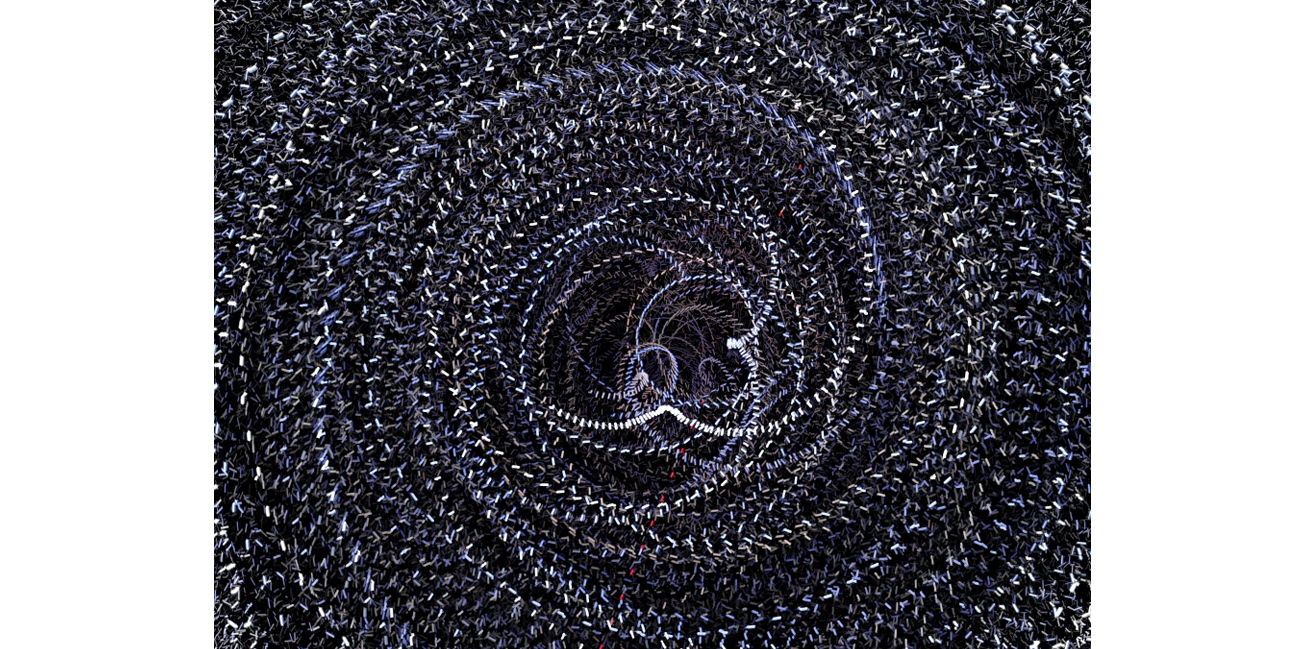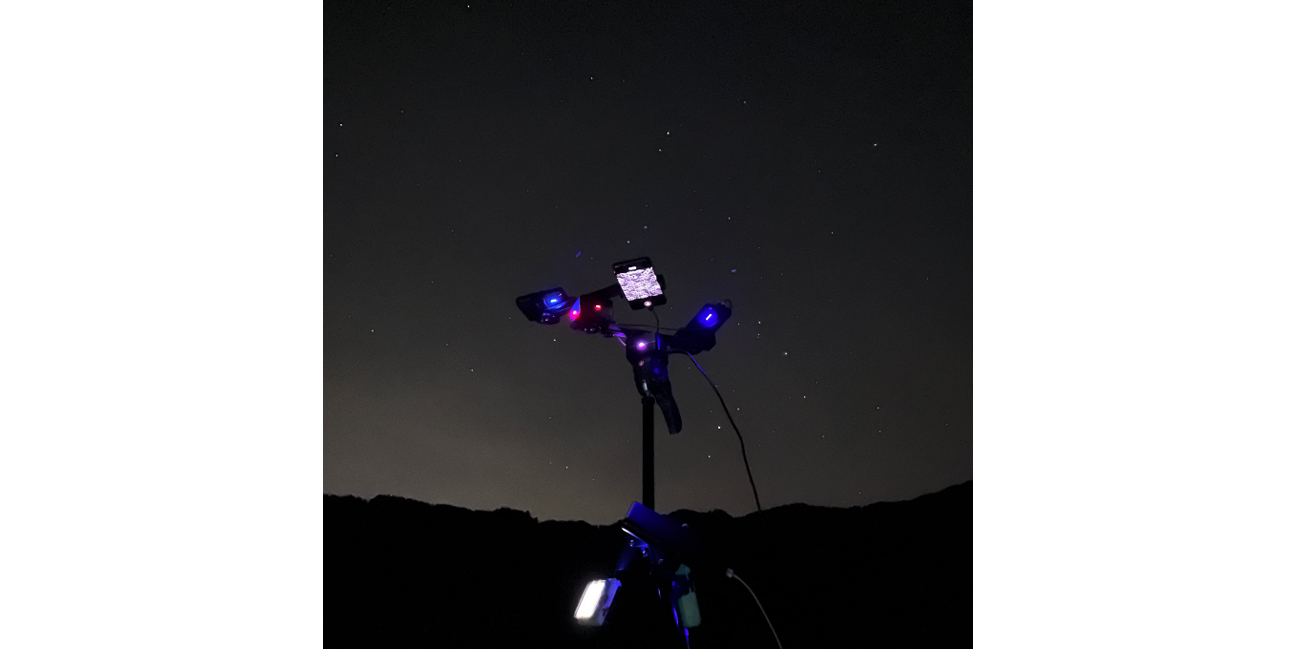Artistic Imaging in the Age of Mobility
Masayuki Akamatsu(Japan) Dean and Professor /(Institute of Advanced Media Arts and Sciences)
Masayuki Akamatsu(Japan)
| Dean and Professor /(Institute of Advanced Media Arts and Sciences)
In the age of mobility, images of art also have to be renewed. This lecture will focus on the old and new subject of drawing in motion, specifically, long-exposure photography using a camera attached to a moving thing.
Firstly, drawing with a pen on paper is also considered drawing in motion. As a metaphor for this, computer graphics can also be seen as the movement of a virtual pen on a screen. Let's try to put a pen on a moving object such as a human or a car. For example, attach a downward-facing sprayer to a bicycle and ride it around. While this will not produce a precise drawing, it will produce interesting results, not by consciousness, but by the body.
The camera, on the other hand, is also "The Pencil of Nature”. At the time of its invention, the process of taking a long exposure photo of several hours was similar to the process of human sketching. Even with today's high-speed cameras, it is possible to take long exposure photos as in the past. In this case, events are superimposed over time, and any movement becomes a blurred trace. So, if the camera is mounted on a bicycle, the moving and changing scenery can be recorded.
When the camera is pointed at the starry sky and a long exposure photo is taken, an arc is usually drawn around the North Star. This movement of the stars is actually due to the rotation of the earth on its axis. In other words, the stars are like thousands of fixed pens, and the rotation of the earth moves the paper, that is the camera. Furthermore, when the camera is mounted on a slowly moving rotating stand, an exciting iconography emerges. The stars, which had been marching slowly, seem to start dancing freely or regularly.
Imaging with movement in this way creates a wide variety of expressions, and at the same time, verifies the possibility of true mobile computing, or digital activity on the move, which has not yet been actualized. This is due to it not being a canvas fixed to an easel or a camera on a tripod, but rather a new medium that dances lightly with the wind.



















